At CES, LG Display is showing off a 65-inch concept TV that can bend at the edges, allowing it to switch from a flat-screen display to a curved one in about five seconds. The company also put a bendable OLED on a foldable tablet/laptop.
Category: computing – Page 750
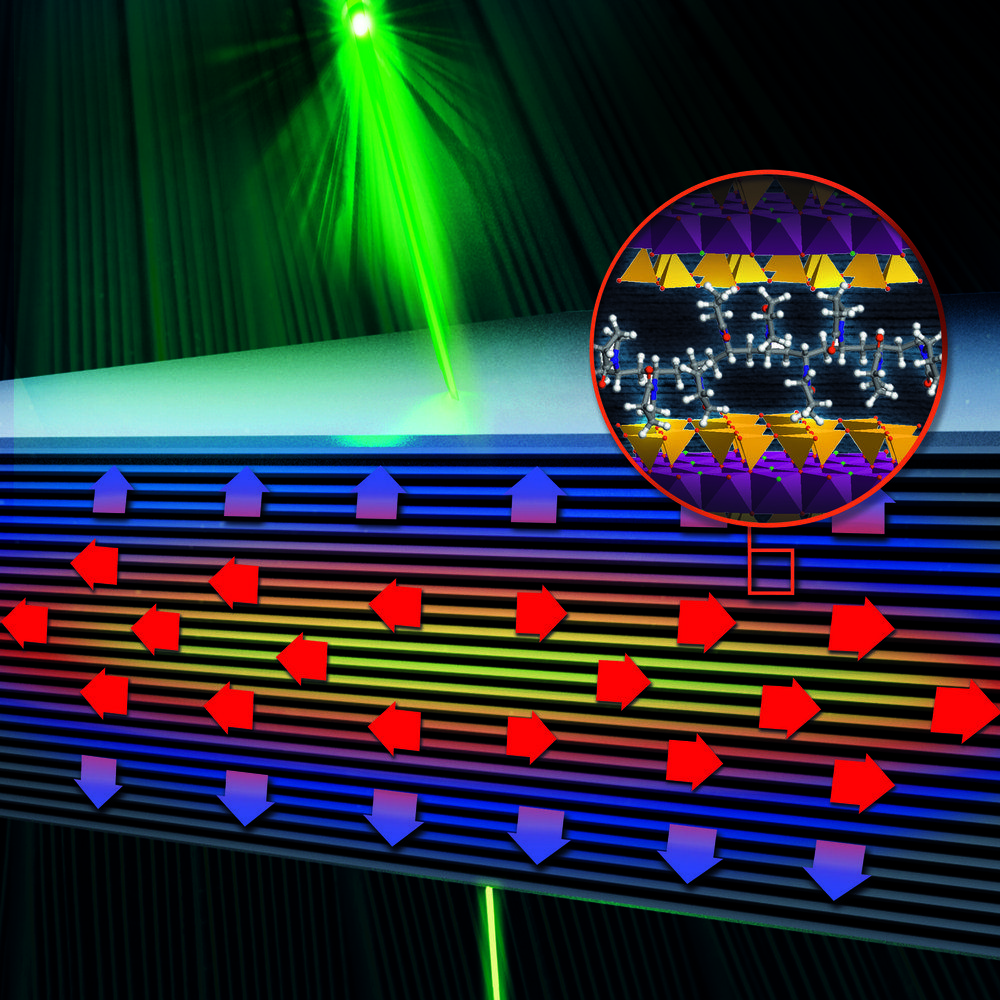
Material developed which is heat-insulating and heat-conducting at the same time
Styrofoam or copper—both materials have very different properties with regard to their ability to conduct heat. Scientists at the Max Planck Institute for Polymer Research (MPI-P) in Mainz and the University of Bayreuth have now jointly developed and characterized a novel, extremely thin and transparent material that has different thermal conduction properties depending on the direction. While it can conduct heat extremely well in one direction, it shows good thermal insulation in the other direction.
Thermal insulation and thermal conduction play a crucial role in our everyday lives—from computer processors, where it is important to dissipate heat as quickly as possible, to houses, where good insulation is essential for energy costs. Often extremely light, porous materials such as polystyrene are used for insulation, while heavy materials such as metals are used for heat dissipation. A newly developed material, which scientists at the MPI-P have jointly developed and characterized with the University of Bayreuth, can now combine both properties.
The material consists of alternating layers of wafer-thin glass plates between which individual polymer chains are inserted. “In principle, our material produced in this way corresponds to the principle of double glazing,” says Markus Retsch, Professor at the University of Bayreuth. “It only shows the difference that we not only have two layers, but hundreds.”

Scientists Create “Strange Metal” Packed With Entangled Electrons
And it could help in the development of quantum computers.
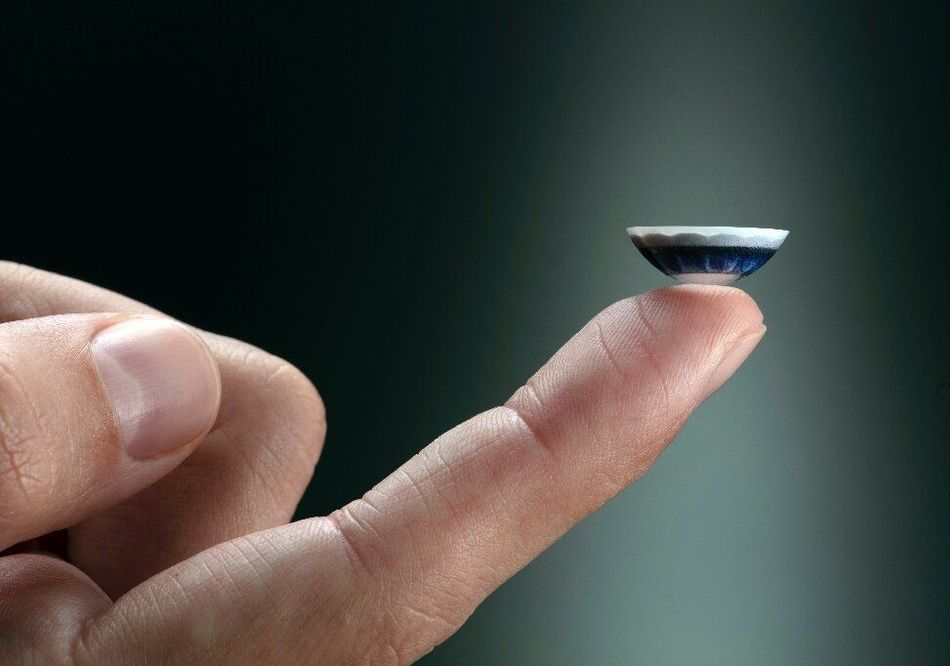
‘Invisible computing’ startup unveils smart contact lens
A startup focused on “invisible computing” Thursday unveiled a smart contact lens which delivers an augmented reality display in a user’s field of vision.
The Mojo Vision contact lens offers a display with information and notifications, and allows the user to interact by focusing on certain points.
The rigid contact lens, which the company has been developing in stealth mode for some 10 years, may also be used to help people with visual impairments by using enhanced image overlays, and has obtained US approval for testing it as a medical device.
360 Video: Go on a Mission With Zipline’s Delivery Drones
With 360 video, IEEE Spectrum takes you behind the scenes with one of the world’s first drone-delivery companies. Zipline, based in California, is using drones to deliver blood to hospitals throughout Rwanda. At an operations center in Muhanga, you’ll watch as Zipline technicians assemble the modular drones, fill their cargo holds, and launch them via catapult. You’ll see a package float down from the sky above a rural hospital, and you’ll get a closeup look at Zipline’s ingenious method for capturing returning drones.
You can follow the action in a 360-degree video in three ways: 1) Watch on your computer, using your mouse to click and drag on the video; 2) watch on your phone, moving the phone around to change your view; or 3) watch on a VR headset for the full immersive experience.
If you’re watching on an iPhone: Go directly to the YouTube page for the proper viewing experience.
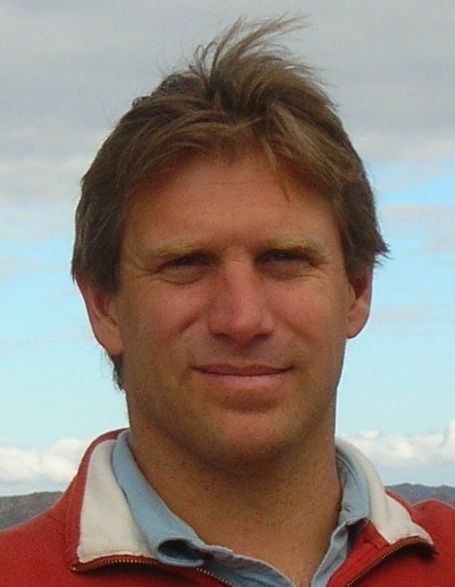
The Anti-Deathist: Writings of a Radical Longevity Activist
Friends, I’m excited to say today is the day! I have a brand NEW book out and it’s FREE only today on Amazon. It’s called Please download a copy right now and save $7.99 today while it’s free. And please share with your friends! This books tells the tales and episodes of transhumanism and the longevity movement. Many major figures are in it:
Enter your mobile number or email address below and we’ll send you a link to download the free Kindle App. Then you can start reading Kindle books on your smartphone, tablet, or computer — no Kindle device required.
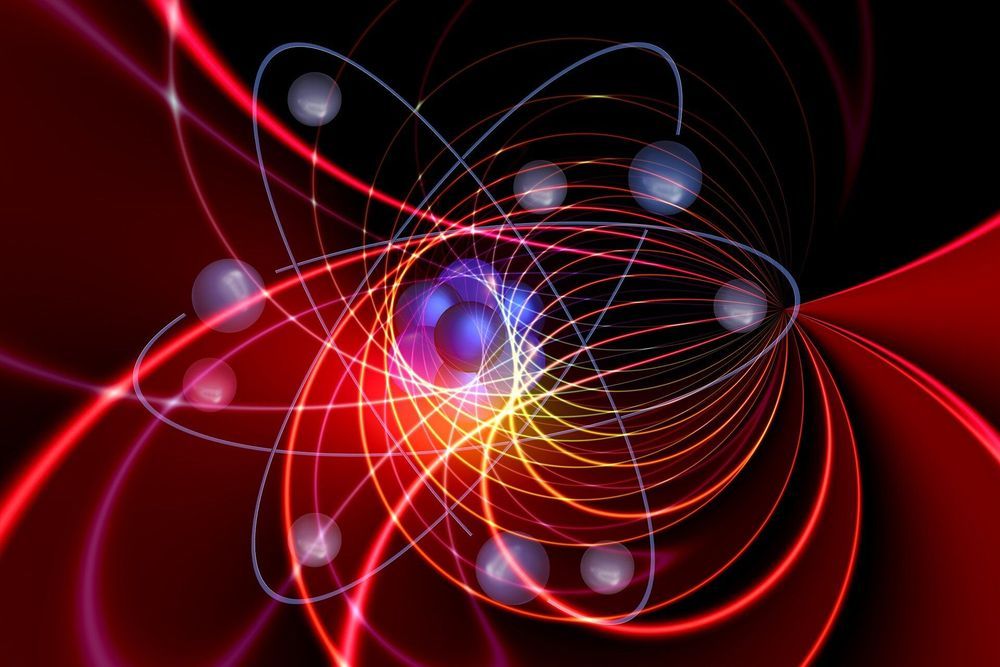
AlphaZero learns to rule the quantum world
The chess world was amazed when the computer algorithm AlphaZero learned, after just four hours on its own, to beat the best chess programs built on human expertise. Now a research group at Aarhus University in Denmark has used the very same algorithm to control a quantum computer.
All across the world, numerous research groups are attempting to build a quantum computer. Such a computer would be able to solve certain problems that cannot be solved with current classical computers, even if we combined all these computers in the world into one.
At Aarhus University, researchers share the ambition of building a quantum computer. For this reason, a research group under the direction of Professor Jacob Sherson has just used the computer algorithm AlphaZero to learn to control a quantum system.
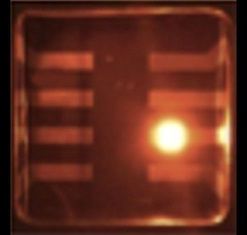
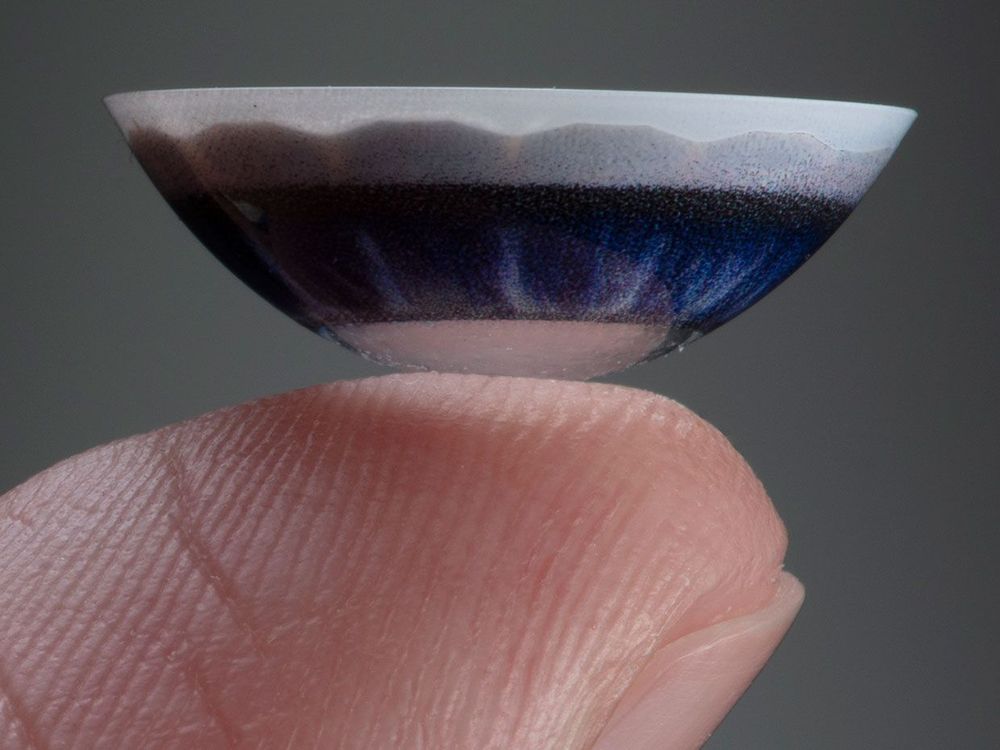
Augmented Reality in a Contact Lens
Science fiction writers envisioned the technology decades ago, and startups have been working on developing an actual product for at least 10 years.
Today, Mojo Vision announced that it has done just that—put 14K pixels-per-inch microdisplays, wireless radios, image sensors, and motion sensors into contact lenses that fit comfortably in the eyes. The first generation of Mojo Lenses are being powered wirelessly, though future generations will have batteries on board. A small external pack, besides providing power, handles sensor data and sends information to the display. The company is calling the technology Invisible Computing, and company representatives say it will get people’s eyes off their phones and back onto the world around them.
The first application, says Steve Sinclair, senior vice president of product and marketing, will likely be for people with low vision—providing real-time edge detection and dropping crisp lines around objects. In a demonstration last week at CES 2020, I used a working prototype (albeit by squinting through the lens rather than putting it into my eyes), and the device highlighted shapes in bright green as I looked around a dimly lit room.